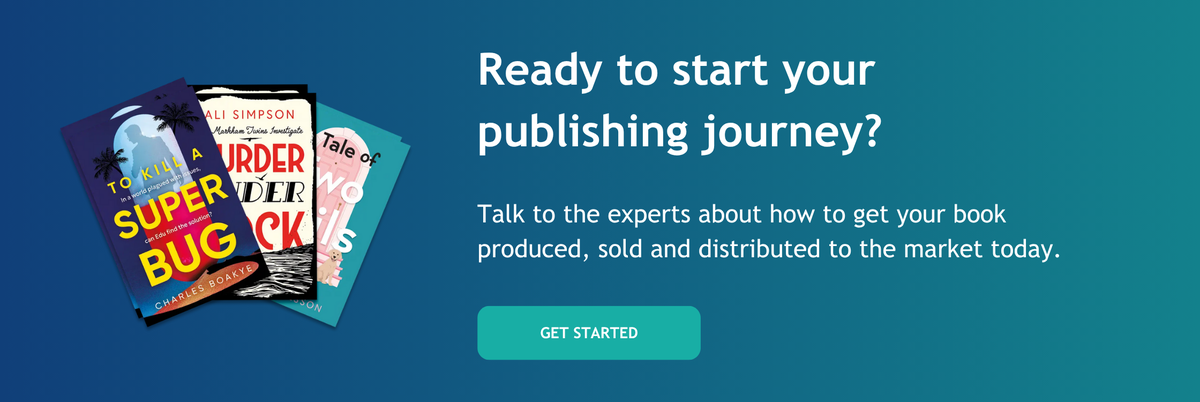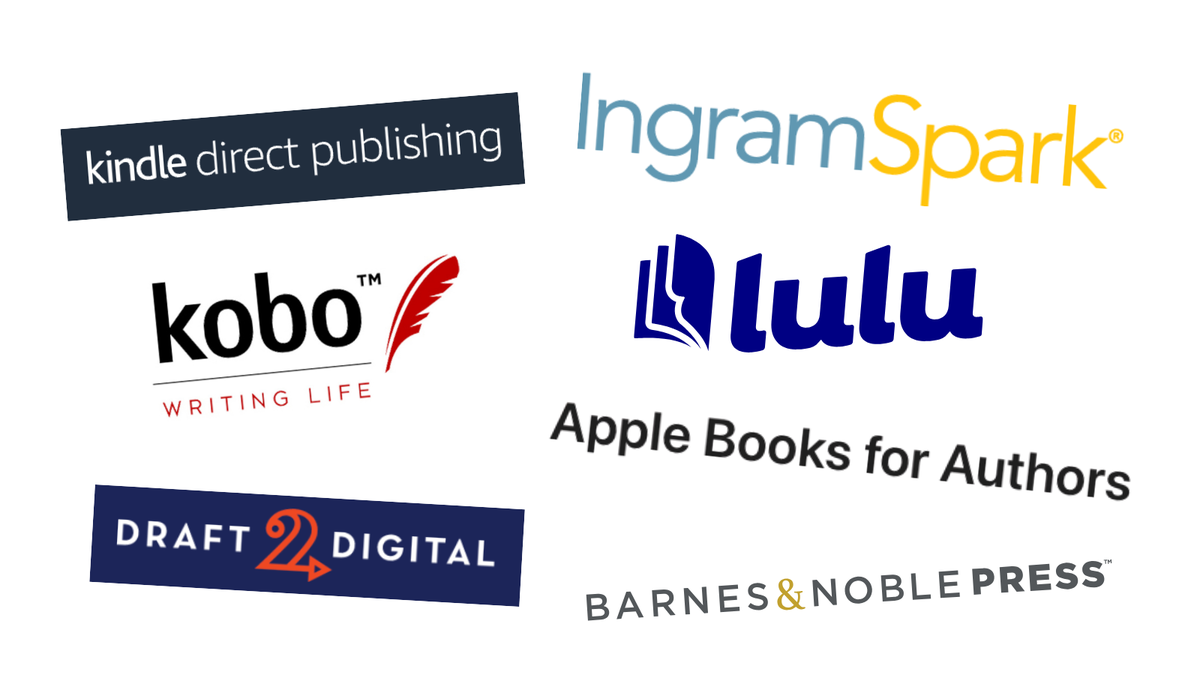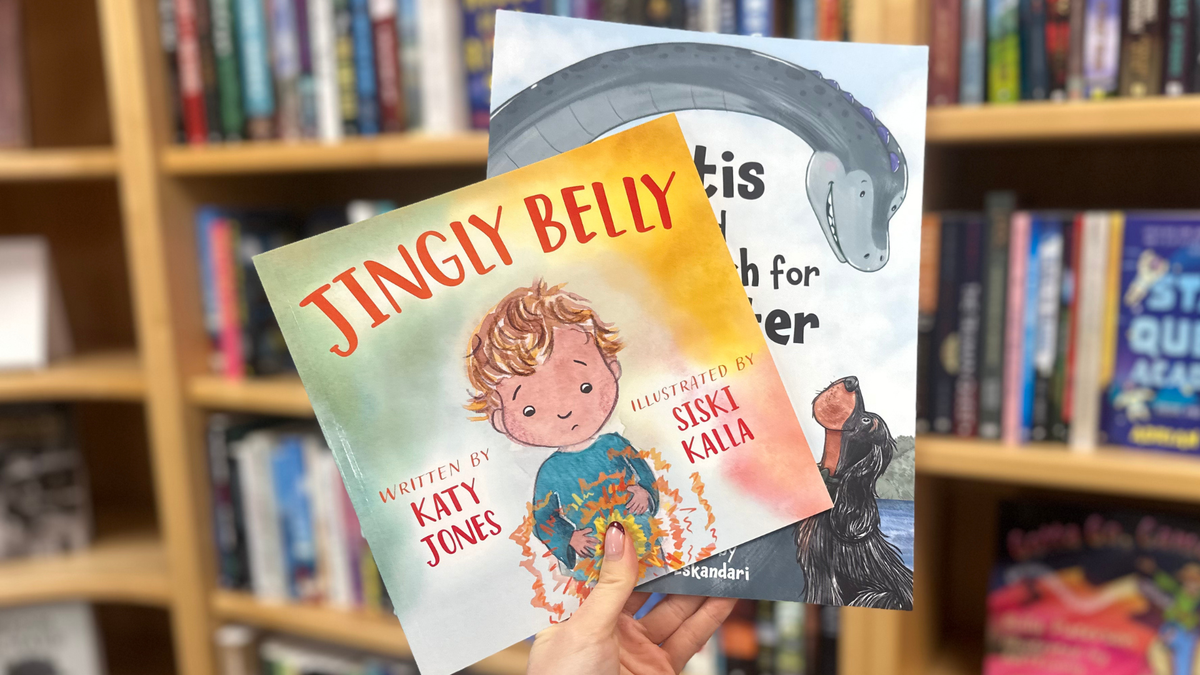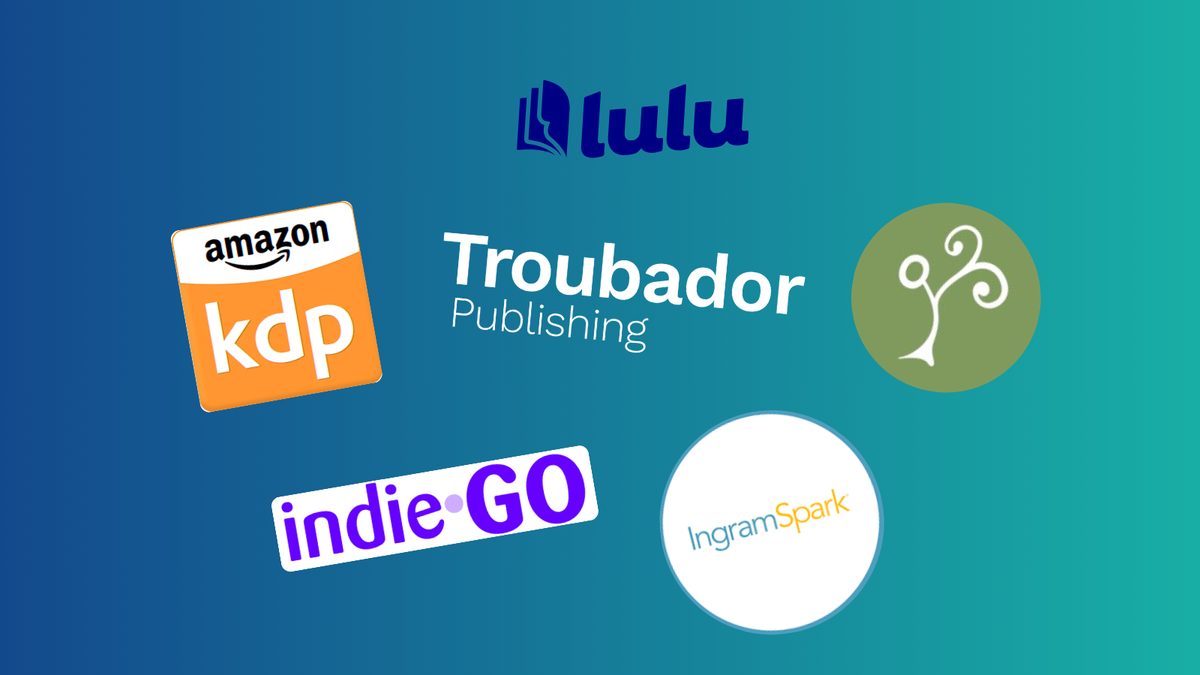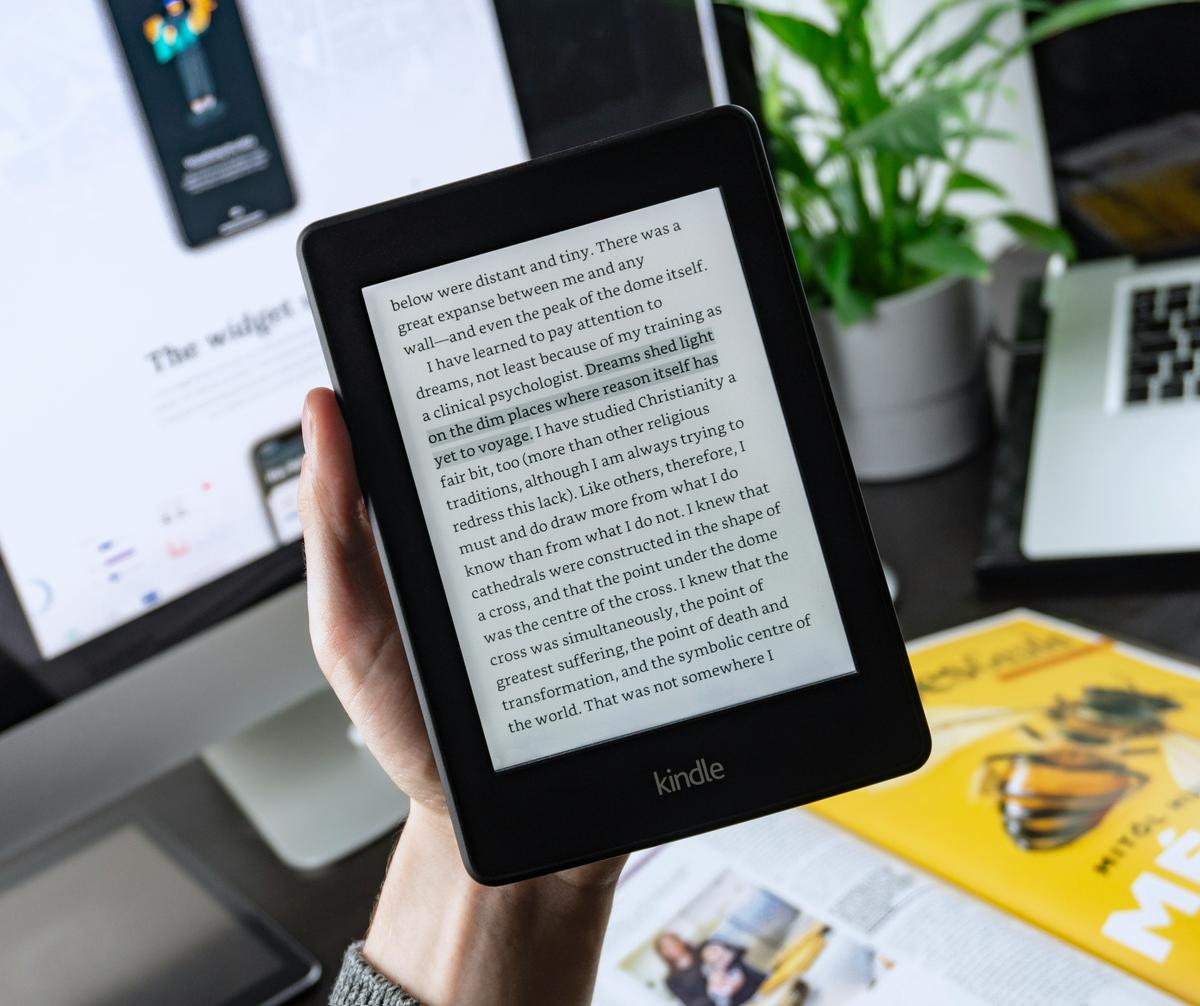
4th August, 2025
6 min read
4 Crucial Book Distribution Tips for Self-Published Authors
Written by:
Chloe May
Self-publishing a book is an incredible achievement – but getting your work into the hands of readers is where the real challenge begins. At Troubador, we come across many authors who are a little bewildered by how the book distribution system works, and, sadly, we do meet authors at events who have already self-published but have realised too late they didn’t give enough consideration to distribution prior to publishing.
Without the backing of a traditional publishing house, self-published authors must take the reins of book distribution themselves. From navigating online platforms to securing shelf space in local bookshops, the path can feel overwhelming. In this article, we’ll cover four crucial book distribution tips that every self-published author should know to ensure their book reaches its full potential.
Not all distribution channels offer the same availability
When it comes to distributing your print book, one of the first decisions an author usually makes is whether to opt for a short print run or print-on-demand. While both options have their place, they target different audiences.
Some people assume that self-publishing goes hand in hand with print-on-demand and it certainly is a very popular choice for indie authors. POD allows authors to print books one copy at a time, only when a customer orders. The advantages of POD is that authors don’t pay anything for printing until someone orders a copy, sales are automatically fulfilled and there’s no chance of overprinting or stock selling out.
However, POD should be seen as a distribution system primarily suited to online retailers – as many brick-and-mortar retailers are reluctant to stock POD titles. This is primarily because POD titles can’t be sold ‘sale or return’, which most bookshops will look for. Also, if you’ve produced and published your book using Amazon KDP, it will be all but impossible to get an independent bookshop to stock it – as indie bookshops generally hate Amazon!
A short print run typically involves printing 100–1,000+ copies at a time using digital short-run printing. This approach gives authors a lower cost per copy, more control over print quality and a professional edge when pitching to bookshops, events or media. However short-run printing incurs upfront costs – as an author pays for all copies at once, regardless of how they sell – and raises questions of inventory management. To take care of warehousing and fulfilling orders to retailers, the majority of authors Troubador works with take advantage of our warehouse and distribution centre, where we fulfil orders to retailers on a daily basis.
If an author is intending to do lots of events and wants the best chance of their book being picked up by bookshops and libraries, a short print run may be the best option. However, if an author sees their primary market as online then POD might be a suitable solution.
ISBNs and metadata matter more than you think
Many self-published authors pour their energy into writing and editing their book – only to treat metadata and ISBNs as afterthoughts. But in the world of book distribution, these two elements are critical to your book’s visibility and long-term success.
Metadata is the structured information about your book that helps bookshops, libraries and distributors understand what it is and how to categorise it. Done right, metadata improves your book’s discoverability, which directly impacts your sales potential. Metadata includes basics such as title and subtitle, author name, book description and whether the book is part of a series or not, but also extends to crucial Thema, BIC and BISAC codes and keywords. In short, authors should be giving due consideration to their metadata, whether they’re writing and managing it themselves or working with a publisher or service provider to do so.
An ISBN is a unique book identifier, used by bookshops, distributors and even Google. Every edition of your book (ebook, paperback, hardback, audiobook) requires a separate ISBN so that they are clearly distinguishable to the different retailers for each format.
Unfortunately, we come across many authors who rush to self-publish their book and upload their book online to Amazon, using a free Amazon ISBN – not realising that using an Amazon ISBN restricts their sales to Amazon only. Also, having Amazon listed as the publisher is another considerable blocker in getting an independent retailer to consider stocking the title!
At Troubador we work with authors who choose to use their own ISBN but also authors who opt to use a Troubador ISBN. We frequently encounter questions from authors regarding ISBN usage, specifically whether opting for a Troubador ISBN impacts their book's rights, including copyright. Regardless of whether they choose a Troubador ISBN or use their own, our authors rights remain unequivocally their own. However, utilising our ISBN service offers the distinct advantage of streamlined access to the extensive retailer accounts and relationships we have cultivated over many years.
Ebook distribution isn’t one-size-fits-all
When it comes to distributing your ebook, many self-published authors assume they just need to upload it to Amazon and call it a day. While Amazon KDP is undeniably the biggest ebook marketplace, limiting yourself to it may mean leaving significant readership on the table.
Amazon’s KDP Select program offers tempting incentives for exclusivity, such as inclusion in Kindle Unlimited (KU) and promotional tools like free book days and Kindle Countdown Deals. But exclusivity means your ebook can’t be available anywhere else. This trade-off may benefit authors just starting out, especially in certain genres like romance, thrillers or sci-fi, which perform well in KU. However, if you choose to go wider you can distribute to other platforms such as Apple Books, Kobo and Google Play.
Going wide increases your long-term reach and resilience. You’re no longer dependent on Amazon’s algorithms or rule changes, and you can build a broader reader base – especially in international markets where Amazon isn’t dominant.
Libraries and bookshops require special attention
Many self-published authors dream of seeing their book on bookshop shelves or available at their local library – but they’re often surprised to learn that the distribution methods used by physical outlets vary quite significantly to those of online retailers and getting your book into these channels requires strategy, professionalism and the right distribution setup.
Bookshops and libraries will expect certain professional standards. The most important will be that they can purchase the book at a trade discount, which is the discount that booksellers will receive when buying the book from a wholesaler, and that they can return the copies if they do not sell. If the book isn’t returnable then a bookseller carries the financial risk and will often avoid stocking it.
There are also fewer places to hide with an unprofessional finish in physical bookshop and libraries when compared to online retailers. Retailers and librarians will spot an amateur book immediately so a professional presentation is necessary – this includes a genre-appropriate, well-designed cover, proper interior typesetting and a compelling blurb.
Getting into bookshops and libraries isn’t impossible, but it does require a different approach to focusing on online retailers. By investing in a professional short print run, offering standard trade terms and the correct warehousing and distribution, you dramatically increase your chances of getting onto shelves – and into the hands of readers who rely on these institutions for discovery.
Conclusion
As a self-published author, knowing how book distribution works is crucial to the long-term success of your book. It’s not just about making your book available – it’s about making it available in the right places, with the right details and under the right conditions to sell.
Whether you're aiming to grow as wide a readership as possible or are simply looking for your book to get into the hands of the people who are looking for it – no matter how large the audience is – understanding these distribution fundamentals ensures your book is best placed to succeed.

